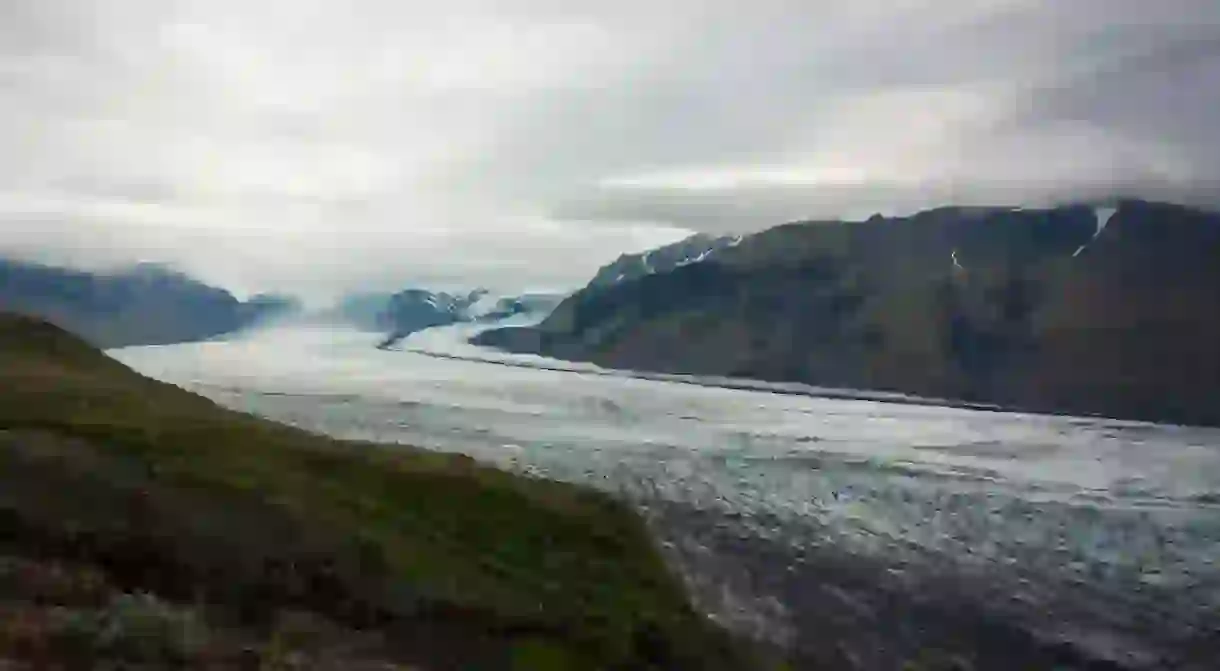Is Iceland About to Experience Another Volcanic Eruption?

Throughout November and December, Iceland’s largest active volcano has shown signs of reawakening. The country’s meteorological office has reported that the surrounding area smells increasingly of sulphur. The volcano in question lies under the glacier Öræfajökull, which also features Iceland’s highest peak; the volcano is being kept under close surveillance now, as it has been showing the first signs of activity in centuries.

Researchers have reported that a new one-kilometre wide caldera (a basin-shaped volcanic depression) has been discovered in this glacial-volcanic system. The meteorological office has also reported that geothermal water has been released from the volcano into a nearby river, which is believed to have caused part of the volcano to collapse, creating the new caldera.
While there are no imminent signs of eruption, the meteorological office has issued a yellow warning. This indicates a phase of uncertainty and suggests that there may be an eruption in the near future. This warning has been issued as a precaution, as the last eruption was in 1727, and at that time there was no monitoring of the before and after states of the volcano. This volcano is thought to be one of the most powerful in Europe, and it was responsible for a deadly eruption in 1362.

According to an interview with a specialist in the Icelandic Monitor, an increase in pressure was observed in both Bárðarbunga volcano in 2015 and in Grímsvötn volcano in 2011, which were the sites of the last eruptions in Iceland, both located underneath the massive Vatnajökull glacier. After an eruption, the build-up of pressure begins again in preparation for the next volcanic activity.
Hekla, which is Iceland’s most infamous volcano and the closest to Reykjavik, has also, according to the specialist, been building up pressure for the past two decades. It is just a question of timing in the end, as well as location within the system of volcanoes, as they are all connected.













